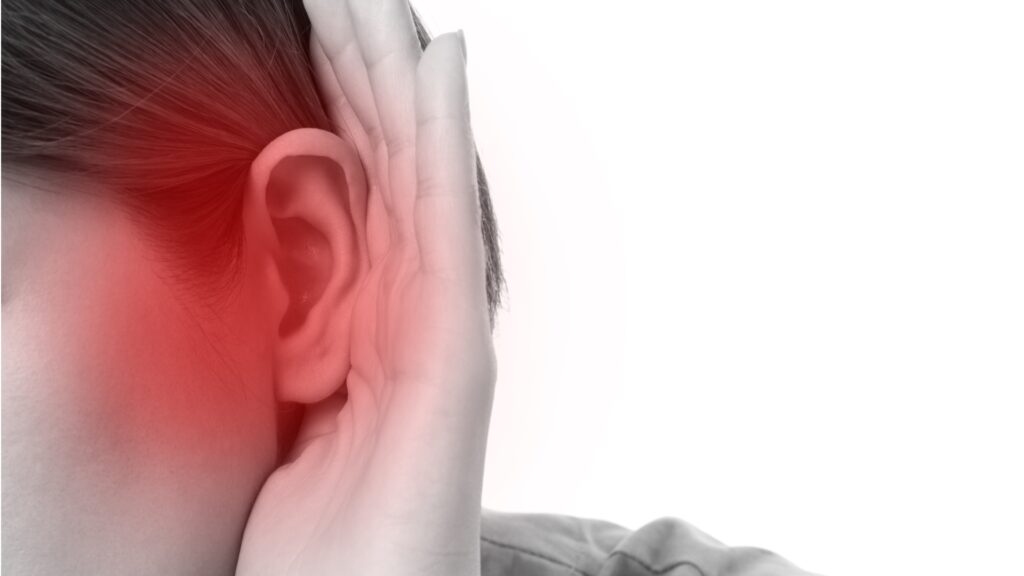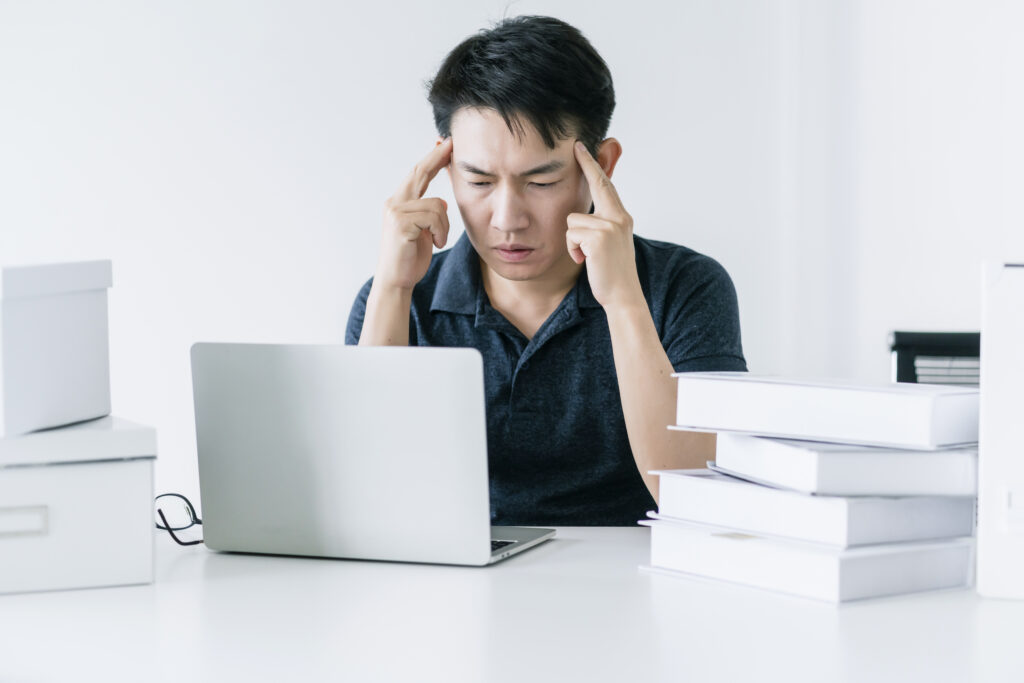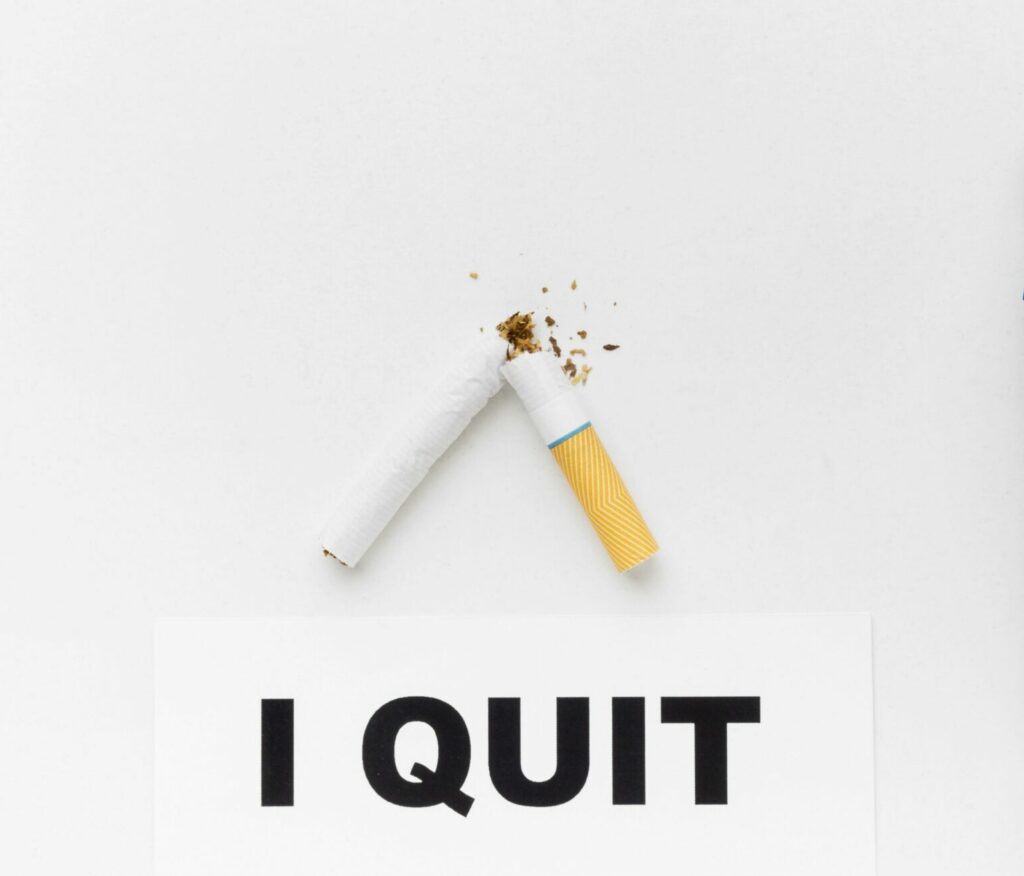
It is very common and natural to have declined hearing level when reaching a certain age, however, to experience sudden hearing loss or sudden deafness within a very short time with no apparent reason can be alarming and terrifying for a person. This condition will often prompt an immediate visit to a healthcare provider because it is easily detected, yet, many patients opted to delay seeking treatment.
The prevalence of this condition strikes between 5 to 27 per 100,000 people annually, with about 66,000 new cases per year in the United States. The numbers are predicted to be higher due to underdiagnosed cases.
The most important note to make is that this condition does not only occur in adults and the elderly population. Even though it is rare in children, they are too at risk of experiencing this frightening symptom and problem. Thus, parents should be more aware of their kid’s complaints and act accordingly because recovery from this condition is highly affected by a brief time window in seeking medical attention.
What is Sudden Hearing Loss (SHL) and How Does it Differ from Other Hearing Loss?
The most profound criterion that indicates SHL are acute hearing loss mostly reported unilaterally, that happened abruptly within 72 hours. It is frequently but not universally accompanied by ear block on the affected ear, tinnitus and vertigo. The patient usually realized this condition when waking up from sleep in the morning or sudden pop sound followed by sound distortion or pressured ear. Diagnosis can be made by conducting an audiology assessment to identify whether the hearing loss is of conductive or sensorineural origin. If it results in 30dBHL (decibel is the unit used to measure sound) loss in three connecting frequencies, it will be diagnosed as SHL.
Although many studies have investigated the causes of SHL, there is no definitive answer to it. Adult cases are primarily reported to have cardiovascular risk factors such as smoking, alcohol consumption and hyperlipidemia, while virus infection is the most common cause in children. However, most of them are idiopathic and no cause can be identified in 85-90% of cases.
Available Treatments
The outcome of the hearing recovery is highly dependent on two measures, (1) the severity of hearing loss and (2) the period of seeking professional consultation.
According to medical professionals, the suggested time in seeking treatment is within 7-10 days but the best is within three days. The longer it takes to administer the treatment, the lower the chances of recovery. For instance, some studies showed up to 80% of higher recovery rate if the onset treatment was conducted within seven days.
Treatment that is delayed for more than two to four weeks has a higher tendency of permanent hearing loss and is less likely to reverse. Despite that, the recovery of hearing can be ranged from complete recovery, where the hearing level improves significantly to pretreatment level, to no recovery, the hearing level changes by less than 15dBHL, still, it depends on the individual.
It is common to use corticosteroids, generally for the idiopathic cause of SHL. Steroids can treat many disorders and usually work by reducing inflammation, decreasing swelling, and helping the body fight disease. There are many ways to administer systemic steroids, frequently orally or intravenously (IV). Based on research conducted in 2011, there is another available yet effective way to administer steroids which is via intratympanic (through the eardrum) injection. Nonetheless, the approach of steroid execution options will be decided by the healthcare professional based on the medical conditions.
If the outcome showed severe loss despite the measure taken, it is not the end of the world and there are still other management available. The doctor may suggest the use of hearing device technology that is according to the suitability of the patient’s condition. For instance, the most common hearing device is conventional hearing aid (wearable device to amplify sound) to improve hearing and listening conditions and even a cochlear implant (implantable device to direct electrical stimulation to the auditory system) for those who resulted in a very profound hearing level.
Audiologist from ENT Clinic
References
- Clinical Practice Guideline: Sudden Hearing Loss (Update). Otolaryngol Head Neck Surg. 2019 Aug;161(1_suppl):S1-S45.doi:10.1177/0194599819859885. PMID: 31369359
- Conlin AE, Parnes LS. Treatment of sudden sensorineural hearing loss: I. A systematic review. Arch Otolaryngol Head Neck Surg 2007;133:573–81.
- Qian Y, Zhong S, Hu G, Kang H, Wang L, Lei Y. Sudden Sensorineural Hearing Loss in Children: A Report of 75 Cases. Otol Neurotol. 2018 Sep;39(8):1018-1024.
- Sudden Deafness by National Institute on Deafness and Other Communication Disorders (NIH)












